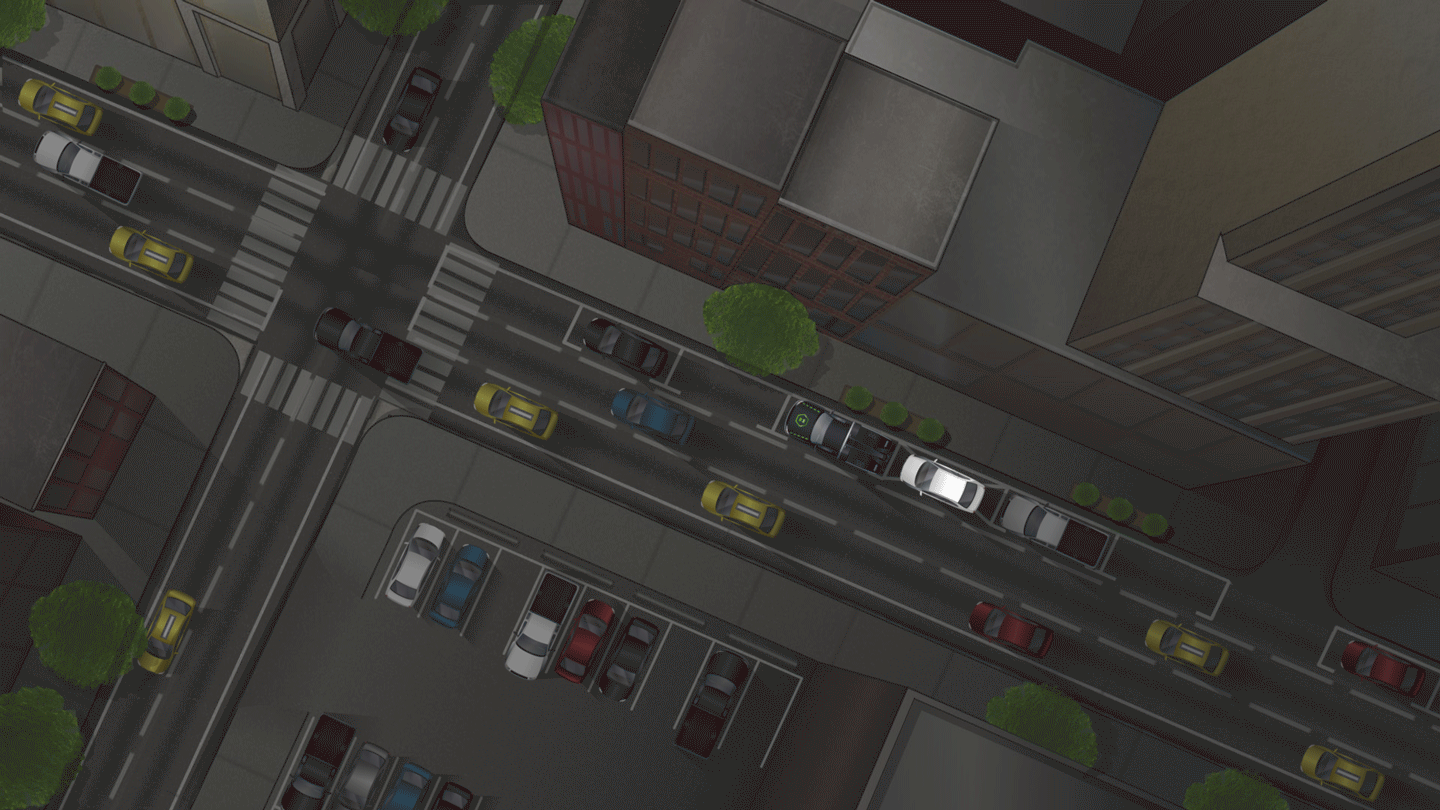City Streets

While there are specific dangers and risks for every task performed in and around a tow truck or carrier, every location a tow, transport or recovery is done comes with its own unique set of risks. Below is an outline of the common dangers an operator may face while working on city streets.
TRAFFIC & THE MOTORING PUBLIC

When working on a city street, operators face a serious risk from traffic and the motoring public. City streets are narrower and rarely have more than two lanes going in each direction, which impacts the operating area. Drivers can also become distracted, causing them to not notice the operator and area of work. Operators must remain attentive at all times. WreckMaster recommends moving to a low traffic street or parking lot whenever possible.
REDUCING RISK

If an operator is required to work on a busy city street, they should spend as little time as possible on the traffic side of the casualty and truck. This will keep the operator from putting themselves in a compromising position. Whether it’s due to a lack of space, being unaware that roadside work is underway or ignorance, some drivers do not provide enough space when passing by casualties and tow trucks. The operator has little power to control this, so placing themselves on the traffic side of the vehicle adds a level of danger that is not required.
While working on street with two lanes of traffic flowing in the same direction, put out some traffic cones or pylons to help steer traffic to the left lane. Be sure to know your local transportation authority regulations before setting out cones that will be impact more than one lane of traffic. Keep the four-way hazard lights running at all times.
CUSTOMER & PEDESTRIANS

Both foot and vehicle traffic will be increased when working on city streets. As the operator, it is your responsibility to keep everyone on scene safe. Clearly communicate where you would like everyone in the immediate area to be. Keep first responders and customers clear of the work area, especially when the casualty is being moved. If possible, keep customers in the cab of the truck to avoid any possibility of injury or interference with towing operations.
With increased foot traffic, an operator must be even more aware of his surrounds when doing any work on a busy street. Be sure to check thoroughly around and behind the vehicle before hooking up the casualty or activating the winch. Politely ask pedestrians that get too close to the vehicles to move back or find another route. If possible to move the casualty before towing, find an area that does not have many pedestrians or is near a cross-walk. If you have additional traffic cones, leave one or two on the sidewalk to help create a working area on the non-traffic side of the casualty. Be sure you are not fully blocking foot traffic on the sidewalk.
